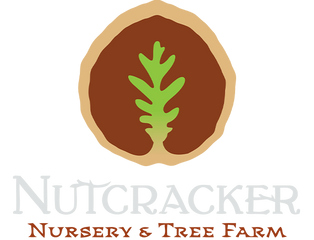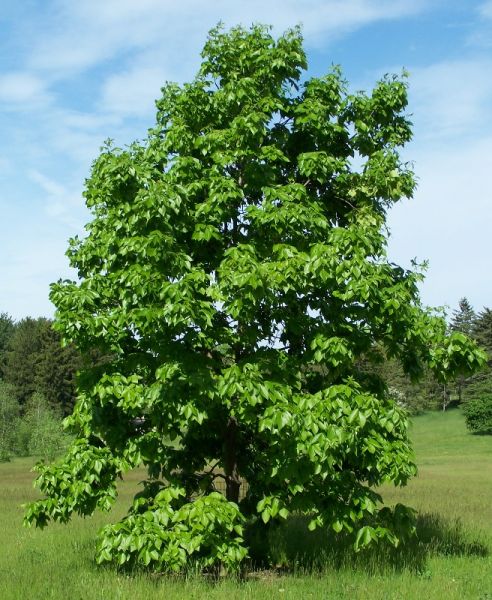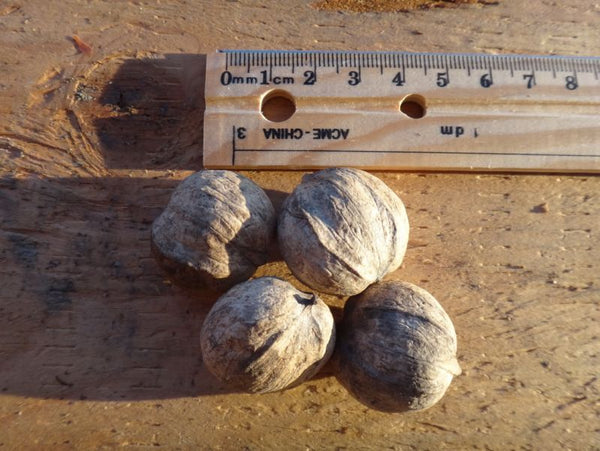Shagbark Hickory, Carya ovata
Shipping calculated at checkout
153 in stock
Need more? Contact us
A remakable specie indigenous to North America, shagbark hickory trees are widespread in the Eastern U.S. and in southern ontario and very sporadic in southern Quebec. Shagbark hickory trees are related to the pecan, another nut tree indigenous to North America. Although they can reach a height of 130 feet or 30 m in some portions of their range, shagbark hickory trees often reach only about half that size. They grow in full to partial sun. The Shagbark Hickory tree has an ashy gray bark similar to birch trees except its bark separates into long strips, which give the trunk it's shaggy look.
The Shagbark Hickories branches can spread to 25 feet, the lower branches somewhat droop while the upper branches are upright. The branches in the middle are just about horizontal. The wood of this tree is strong and tough. The Shagbark has both male and female flowers.The nuts are edible with an excellent flavor, and are a popular food among people and squirrels alike. They are unsuitable for commercial or orchard production due to the long time it takes for a tree to produce sizable crops and unpredictable output from year to year. Shagbark hickories can grow to enormous sizes but are unreliable bearers. The nuts can be used as a substitute for the pecan in colder climates and have nearly the same culinary function.C. ovata begins producing seeds at about 10 years of age, but large quantities are not produced until 40 years and will continue for at least 100. Nut production is erratic, with good crops every 3 to 5 years, in between which few or none appear and the entire crop may be lost to animal predation. Hickory has traditionally been very popular as a fuelwood and as a charcoal-producing wood.
The general low percentage of hickory in the overstory of many privately owned woodlots is due in part to selective cutting of the hickory for fuelwood. Hickory fuelwood has a high heat value, burns evenly, and produces long-lasting steady heat; the charcoal gives food a hickory-smoked flavor.The wood of the true hickories is known for its strength, and no commercial species of wood is equal to it in combined strength, toughness, hardness, and stiffness.
Hardiness Zones
Specific port
Growth speed
Flowering period
Number of years for production
11 à 15 ans



